The world is in a climate emergency, and we are all responsible for helping to solve the global challenge of limiting our Earth’s temperature rise to 1.5°C. To achieve this target, greenhouse gas emissions (GHGs) must peak before 2025 at the latest and decline by 43% by 2030, according to the Paris Agreement.
Businesses around the world have a huge role to play in reducing global GHG emissions. More and more organizations are recognizing their collective responsibility to minimize their GHG emissions and are actively taking steps for it. So, how do you reduce your company’s GHG emissions? First, you have to find out how big your company’s carbon footprint is and where you should focus in order to make maximum impact. This is where GHG accounting comes in.
In this final part of the blog series, we will look at what GHG emissions are, discuss the need to reduce GHG emissions, explore Scope 1, 2, and 3 emissions, unravel the actions that companies need to prioritize in order to reduce their GHG emissions and shed light on the challenges and success factors that shape emission reduction strategies. Ready to dive in? Let’s go!
What are GHG emissions?
Greenhouse gases are the gases in the Earth’s atmosphere that have the ability to trap heat. They are naturally present in the atmosphere, and they play a crucial role in regulating the Earth’s temperature by trapping some of the heat that radiates from the Earth’s surface, leading to the phenomenon known as the greenhouse effect. The main greenhouse gases include carbon dioxide (CO2), methane (CH4), nitrous oxide (N2O), fluorinated gases, and water vapor.
Greenhouse gas emissions refer to the release or discharge of these gases into the atmosphere due to various human activities and natural processes. When we burn fossil fuels (like coal, oil, and natural gas) for energy, engage in industrial processes, deforest land, and engage in other activities, these gases are released into the air. As GHGs accumulate in the Earth’s atmosphere, they create a thicker layer that traps more heat from the sun. This leads to an increase in the planet’s average temperature, contributing to global warming and, ultimately, climate change.
The need to reduce GHG emissions – contribution to climate change
As we have seen in part 2 of this blog series, Earth is now warming faster than at any point in recorded history.
Accumulation of GHG in the atmosphere – from activities like burning fossil fuels and deforestation – is the main reason for this rise in the Earth’s temperature. This, in turn, has led to consequences such as shifting seasons, rising sea levels, disappearing Arctic sea ice, and more intense heat waves. Natural disasters like hurricanes, droughts, floods, and wildfires are also becoming more frequent and intense, wreaking havoc on communities and ecosystems. Moreover, the impacts of climate change are not just limited to the environment, they also extend to social and economic spheres.
So, the answer is clear: In order to combat climate change, we need to limit anthropogenic (human-caused) global warming, and for that, the world needs to start reducing GHG emissions.
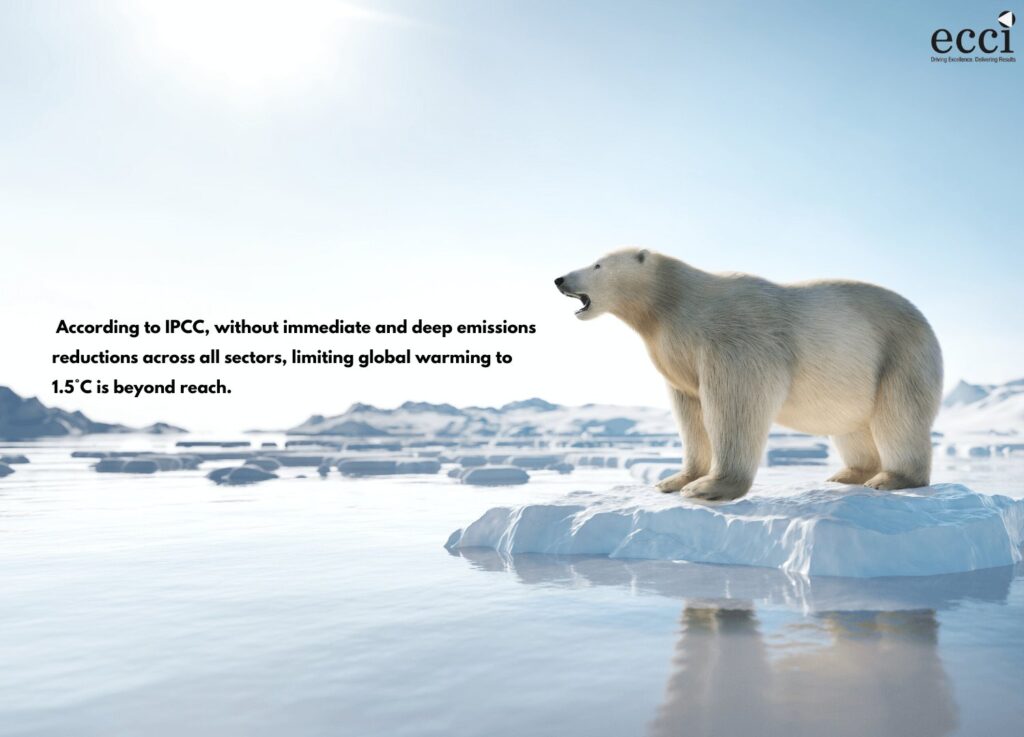
As we move forward, acknowledging this urgent need becomes more than a responsibility; it becomes a shared commitment toward safeguarding our planet and its diverse ecosystems for present and future generations.
Understanding Scope 1 vs. Scope 2 vs. Scope 3
To reduce your company’s GHG emissions, you must start by measuring and reporting your carbon footprint. For that, it is essential to understand the different categories of emissions associated with your operations and value chain.
According to the GHG Protocol Corporate Standard, a company’s greenhouse gas emissions are classified into three scopes – Scope 1, Scope 2, and Scope 3. Let’s look at them in more detail below.
Scope 1: Direct emissions
Scope 1 emissions are direct emissions that originate from sources owned or controlled by a company. These can be a result of burning fossil fuels on-site for heating or powering machinery, driving vehicles owned by the company, or just heating buildings and powering computers. Scope 1 also includes accidental emissions like chemical and refrigerant leaks and spills. These emissions are often the most easily identifiable and are considered to be within the immediate operational control of the organization.
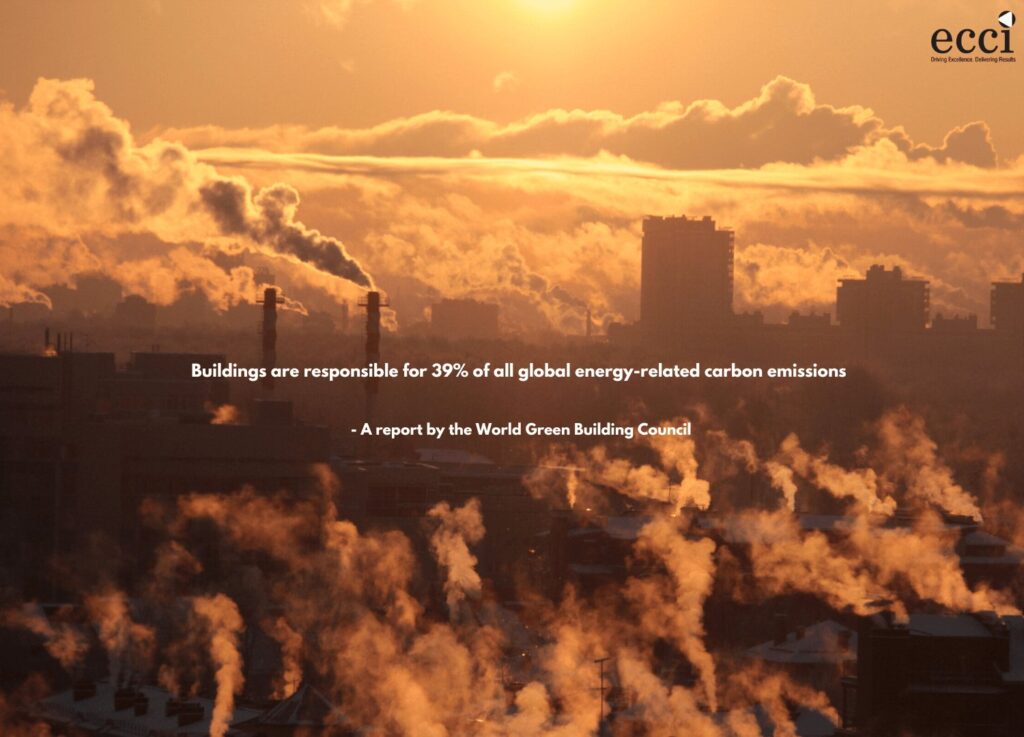
Scope 2: Indirect emissions
Scope 2 emissions are indirect emissions created from the generation of purchased electricity, heating, and cooling consumed by an organization. Although these emissions occur at another facility and are outside the reporting organization’s direct control, they are still accounted for in its greenhouse gas inventory because they are a result of the organization’s energy use. These emissions are also easily calculated based on the consumption outlined in an organization’s energy bills.
Scope 3: Indirect value chain emissions
Scope 3 emissions are the broadest category, encompassing all indirect emissions – that aren’t included in Scope 2 – occurring in the value chain of a company. These emissions can include those from business travel, employee commuting, supply chain processes, product use, and end-of-life disposal. Calculating and managing Scope 3 emissions of a company is often the hardest and requires collaboration with various stakeholders beyond the organization itself.
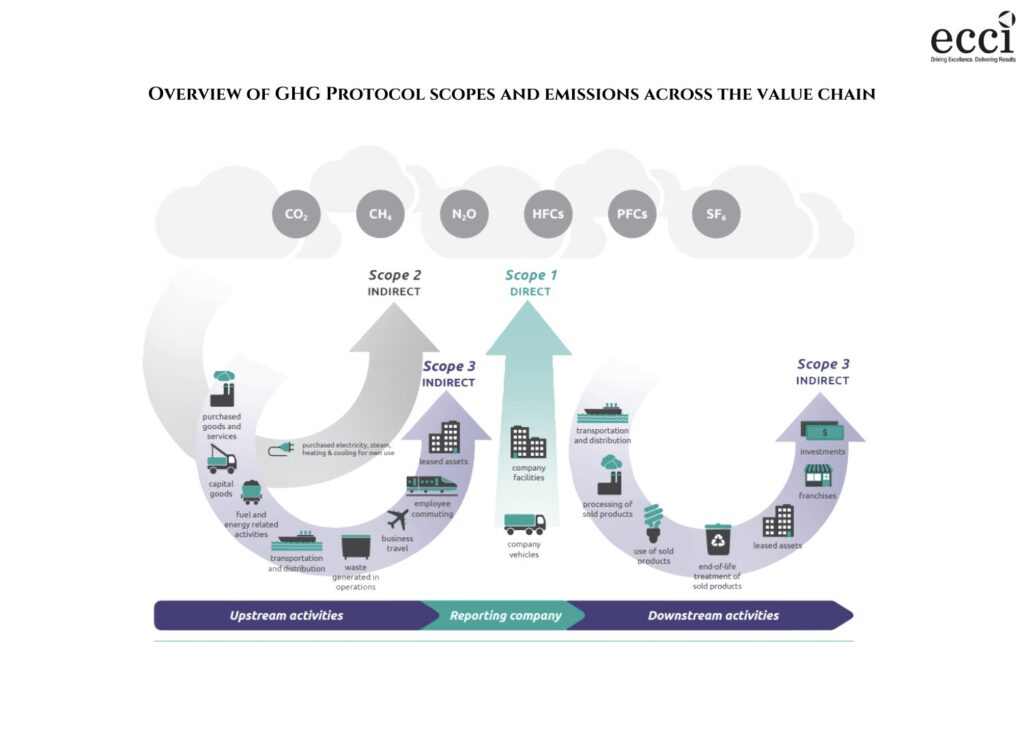
It is mandatory to report Scope 1 and 2 emissions, while reporting Scope 3 is voluntary. However, organizations will need to reduce emissions across all three scopes in order to meet internationally agreed targets on global warming.
Prioritizing actions
Now that you understand how your organization’s emissions are classified, you can start taking steps to reduce your carbon footprint. Here are the five actions you need to prioritize for maximum impact:
i) Assessment and analysis
The first action is conducting a thorough assessment of your organization’s emissions across all three scopes. This assessment helps quantify the contribution of each scope to the total carbon footprint.
After the assessment, the data must then be analyzed to identify which areas have the most significant emissions and where intervention can lead to the most meaningful impact.
ii) Setting emission reduction targets
Once companies have calculated their emissions and identified which are the key areas for improvement, they can start setting emissions reduction targets. To achieve meaningful results, many organizations are now turning to Science-Based Targets (SBTs). These emission reduction targets are grounded in scientific knowledge and are created to align with the global goal of limiting global warming to 1.5°C above pre-industrial levels. Learn more about SBTs and how to get started on the SBT path here.
iii) Implementing emission reductions
With clear emission reduction targets in place, the next pivotal step is implementing emission reduction strategies to achieve these targets. This phase requires commitment, collaboration, and a multifaceted approach that addresses various scopes of emissions. For Scope 1 reductions, companies can focus on enhancing their operational efficiency and transitioning to renewable energy sources. For Scope 2 reductions, companies should start adopting cleaner energy and improving their energy efficiency. Managing Scope 3 emissions involves collaborating with suppliers to reduce emissions along the entire value chain, optimizing employee transportation, and making products & packaging recyclable.
iv) Offsetting carbon
Along with putting efforts into reducing their GHG emissions, organizations can also initiate carbon offsetting strategies. Carbon offsetting involves investing in projects to balance out the emissions an organization generates. These projects can include activities like reforestation & afforestation, renewable energy development, and waste transformation. By offsetting emissions, organizations can take immediate action to neutralize their carbon impact while working on longer-term emission reduction goals. It’s essential, however, to approach carbon offsetting as an additional action rather than a substitute for direct emissions reduction, ensuring a comprehensive approach to sustainability.
v) Transparent & effective communication
In addition to emission reduction and offsetting, companies must prioritize transparent and credible communication with a wide range of stakeholders, from investors to consumers. By talking about their emission reduction strategies and their associated benefits, companies can influence both stakeholders and the industry, inspiring others to embrace sustainable practices. Similarly, engaging the public through responsible communication unites people toward the shared goal of preserving the climate and ecosystems.
Challenges and success factors
In the journey towards reducing GHG emissions, organizations face many challenges that can impede progress. Here are some common challenges:
– Challenges
a. Complexity of Scope 3 emissions: Addressing Scope 3 emissions, due to their extensive and often interconnected nature, can be challenging. Collaborating with numerous partners across the value chain and persuading them to adopt sustainable practices requires significant effort.
b. Data collection and accuracy: Gathering consistent and reliable emissions data, especially for Scope 3 emissions, can be difficult due to variations in reporting methodologies and limited transparency in the supply chain.
c. Financial constraints: Implementing emission reduction initiatives often requires upfront investments. While these investments can help in long-term cost savings, budget constraints might hinder the initial steps toward sustainable practices.
d. Regulatory changes: Rapidly changing environmental regulations can pose challenges for organizations aiming to align their practices with evolving emission reduction standards. It can be difficult to adapt to new regulations while maintaining operational efficiency.
e. Balancing Priorities: Organizations can find it difficult to strike a balance between emission reduction goals and other operational priorities, such as production efficiency and economic growth. This requires strategic decision-making that aligns sustainability with business success.
– Success factors
Now let’s look at some success factors crucial for effectively reducing GHG emissions in your organization.
A. Leadership commitment: A strong commitment to reducing GHG emissions at the leadership level is vital. When leadership prioritizes sustainability, it sets the tone for the entire organization and encourages buy-in from employees.
B. Comprehensive strategies: Organizations that develop well-rounded strategies that include all three scopes of emissions tend to achieve more impactful and lasting results. By addressing both direct and indirect emissions, a comprehensive approach ensures that no significant source of emissions is overlooked.
C. Engaging stakeholders: Collaboration with suppliers, customers, and other stakeholders is important for effectively reducing Scope 3 emissions. Engaging stakeholders fosters a sense of shared responsibility and encourages wider adoption of sustainable practices.
D. Long-term vision: Emission reduction is an ongoing process that requires a long-term vision. Organizations that view sustainability as a journey rather than a one-time goal are better positioned to adapt to changing circumstances and continue improving over time.
E. Monitoring and adaptation: Regular monitoring of progress is essential to ensure that emission reduction actions are effective. If certain actions are not yielding the expected results, organizations can adapt and refine their strategies.
Conclusion
The UN has made it clear by highlighting that this decade is our make-or-break opportunity to limit the rise of Earth’s temperature to 1.5°C and guide the world toward a net zero future by 2050. The time is now, and the responsibility falls on every nation, every sector, every industry, and each individual to collectively reduce the carbon footprint we leave behind. Learn more about net zero and the terminology around it here.
So, what about your organization? Are you ready to take action to help mitigate climate change by reducing your greenhouse gas emissions?
ECCI is here to guide you on this transformative journey. Our team of experts can assist you in identifying the sources of carbon emissions, measuring your organization’s impact on climate change through carbon footprint assessment, and offsetting your emissions to make your organization carbon-neutral. So what are you waiting for? Contact us today!
To start your journey, simply get in touch with us and enjoy a free advisory session. Visit our webpage for more information on how we can help you.

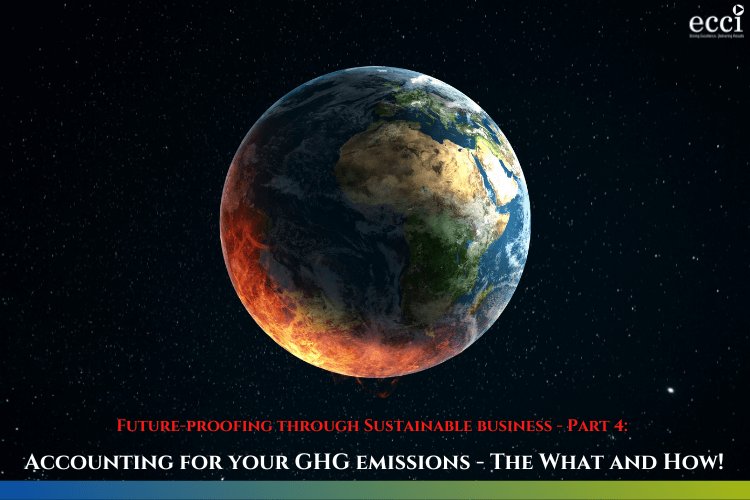
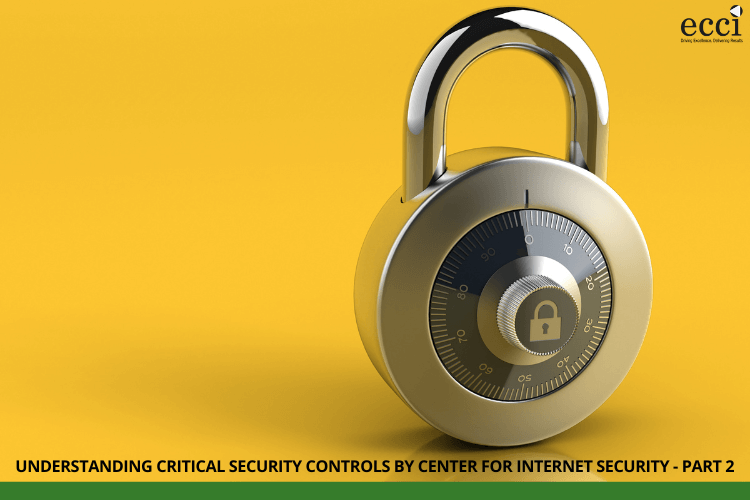
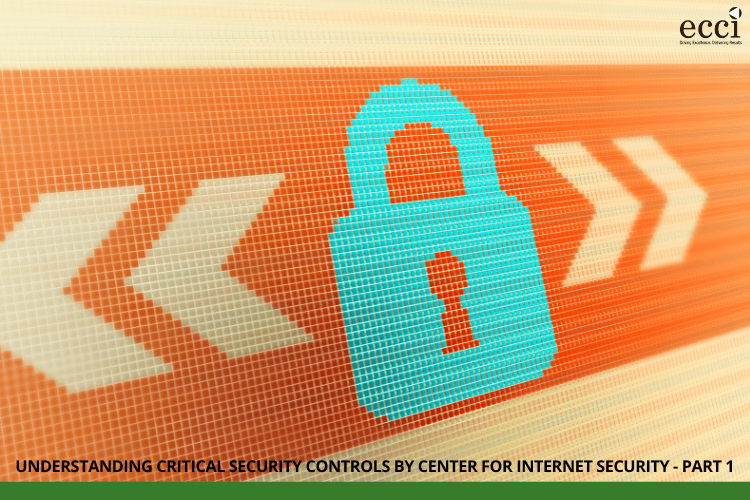
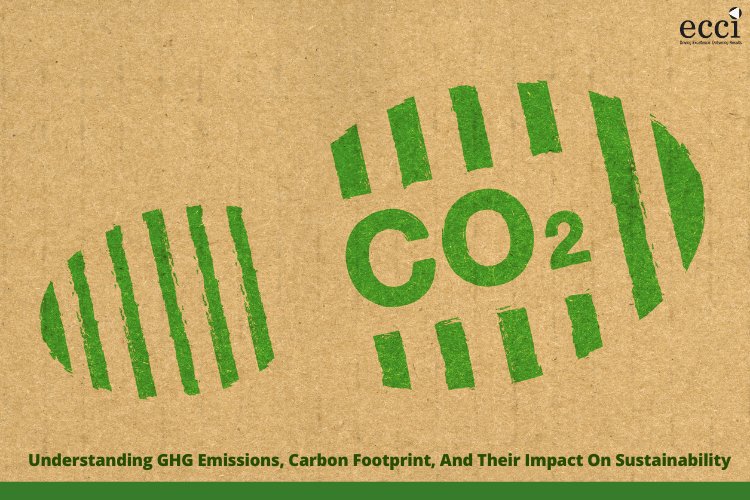
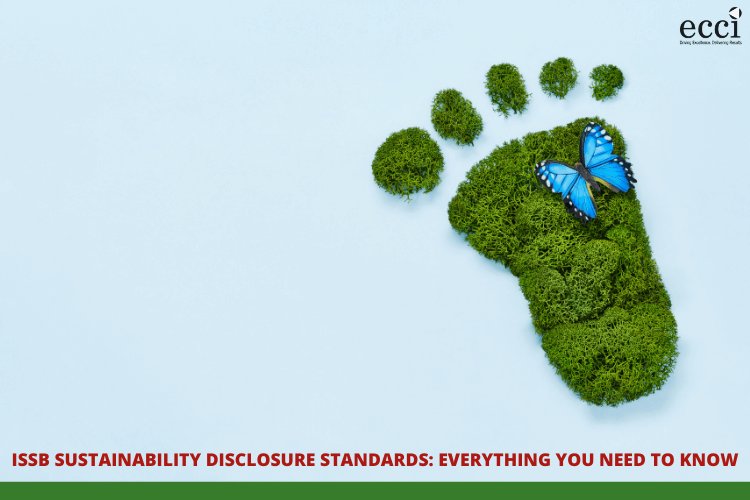
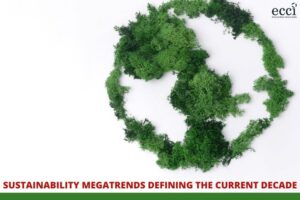
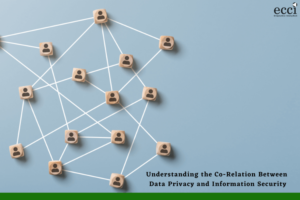


4 Responses
Karonda Pulchartova
Herrmann Kollock
Aubren Kaizer
Elisey Vazquezcruz